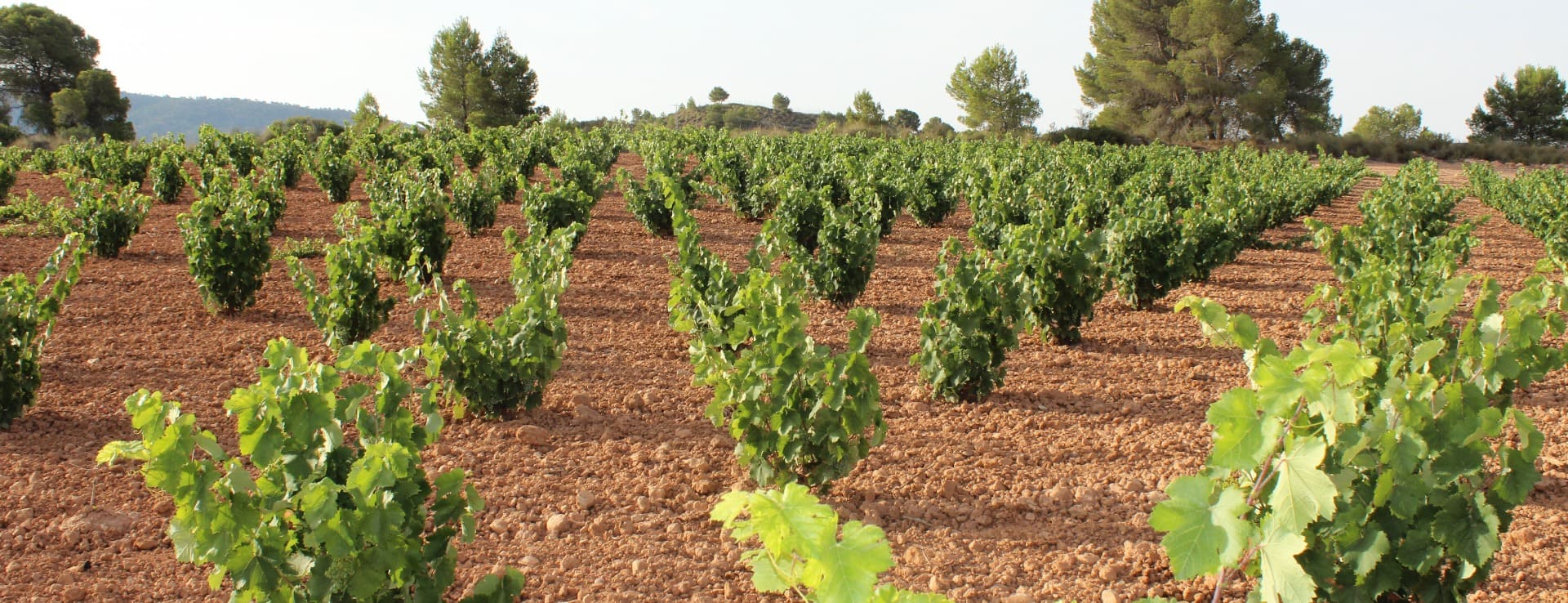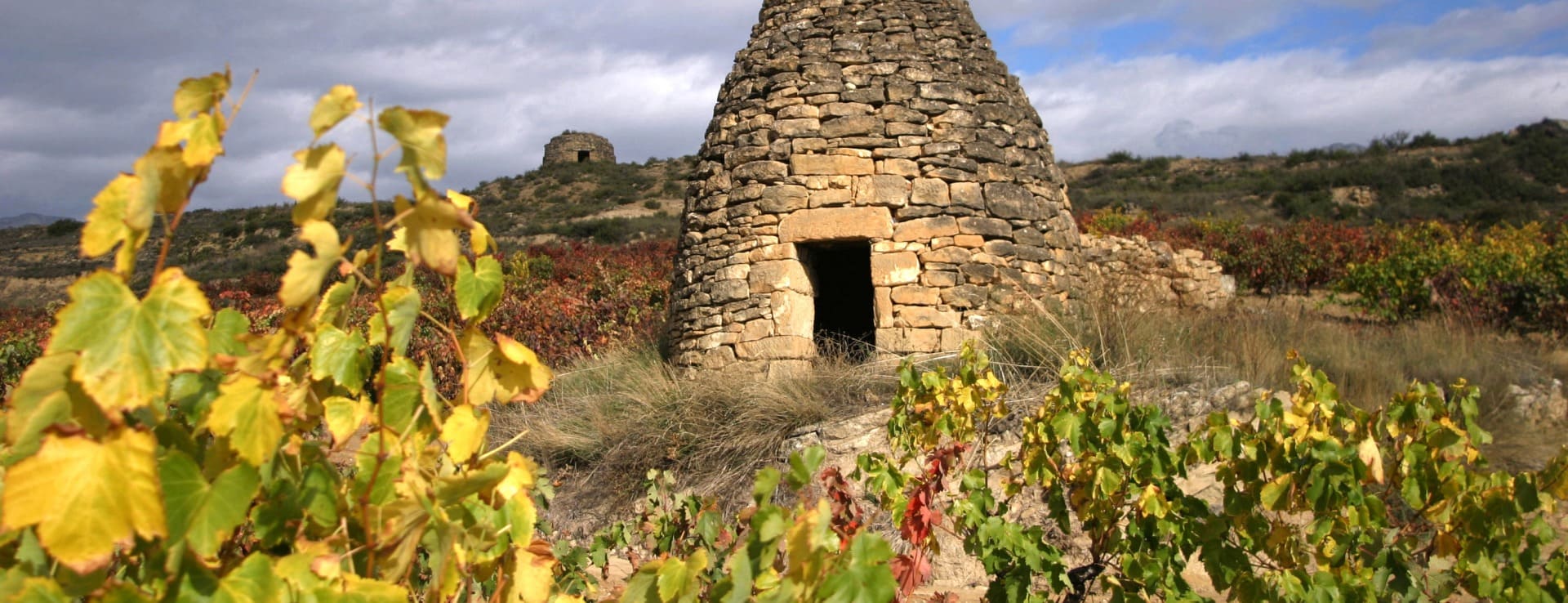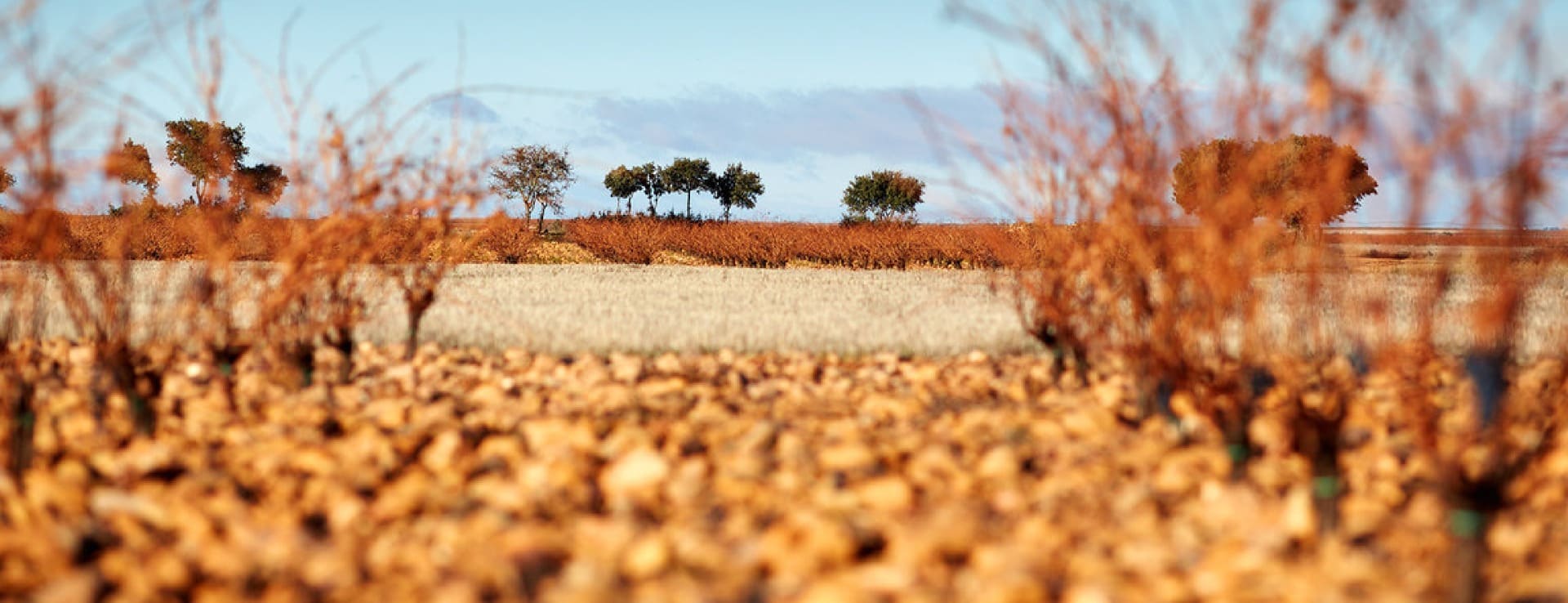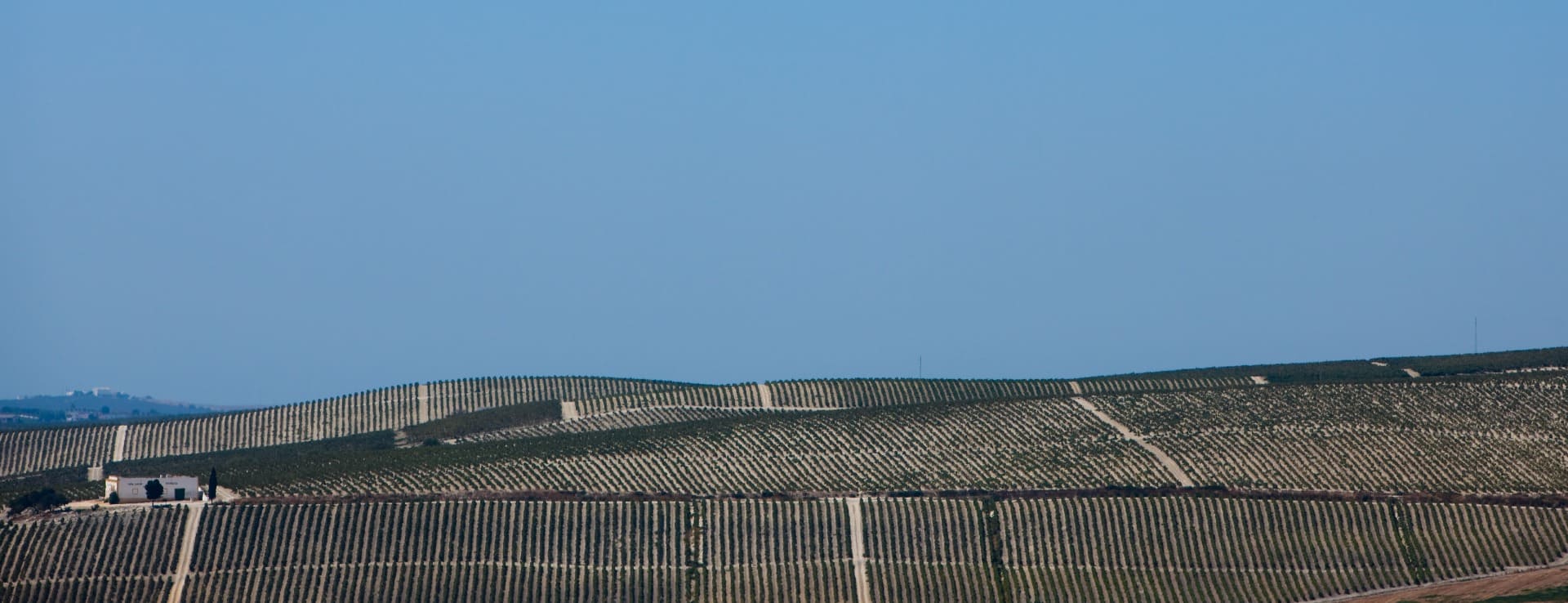Find your winery or vineyard
Infographic of the Denomination of Origin
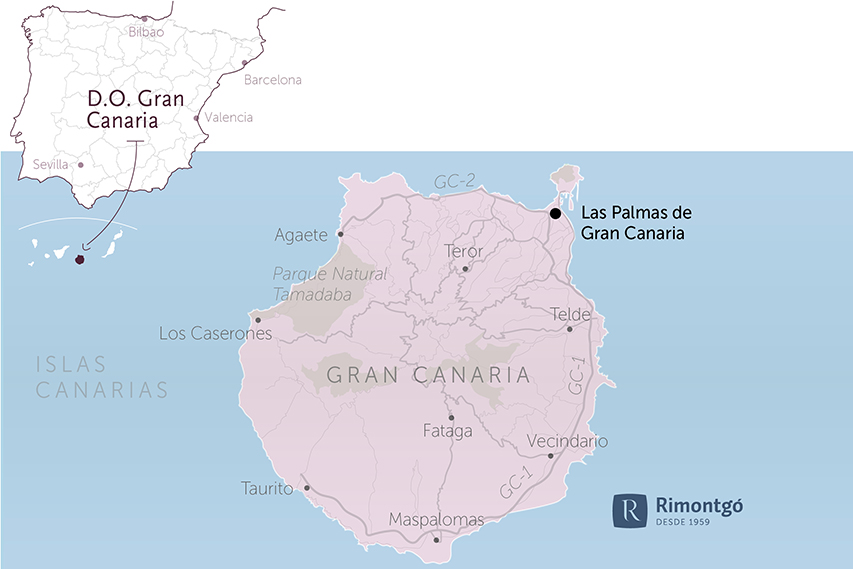
Change to imperial units (ft2, ac, °F)Change to international units (m2, h, °C)
D.O. year of foundation:
2005
Number of wineries (2017):
72
Total surface area:
245 ha605 ac
Maximum production allowed:
11.000 kg/ha9.814 lb/ac
Altitude of the vineyards:
Min: 1.050m
Max: 1.300m
Min: 3.445ft
Max: 4.265ft
Temperature:
Min: 15º
Max: 32º
Min: 59°F
Max: 90°F
Yearly hours of sun:
2.800
Yearly rainfall:
325 l/m230 l/ft2
DO Gran Canaria
LOCATION AND HISTORY
The island of Gran Canaria is one of the most important of the seven that make up the archipelago of the Canary Islands, something that also corresponds to its viticulture. The Designation of Origin Gran Canaria was established in 2005, after a process that integrated the old DO Monte Lentiscal (1999) and DO Gran Canaria (2000). Today, the DO Gran Canaria covers the entire territory of the island and has a specific subzone for Monte Lentiscal, in addition to producing wines of renowned quality.
SOILS
Canarian soils have the particularity of being volcanic, so its impact on the vine is very special and allows unique crops in the world. There are calcareous sands, with clay in high areas.
CLIMATE
The Canarian vine is resistant and has great capacity to adapt to the microclimates of the islands. The variable climate in Gran Canaria's vineyards means that the island's wines have a great flavor intensity, mineral and intense. Some of the best white wines on Gran Canaria come from high altitude wineries in the centre of the island, where the grapes are exposed to great temperature changes.
TYPE OF GRAPE
Most of Gran Canaria's white wines are made from white Listán grapes, often blended with small quantities of other local varieties, such as Marmajuelo and Malvasía, to obtain an extra fruity flavour. The reds are almost all made with black Listán grapes, although the Tintilla provides very interesting results. Sweet Moscatel wines are also common.
Discover more wineries and vineyards for sale in these wine regions in Spain
Subscribe to our mailing list to receive news about wineries and vineyards.


